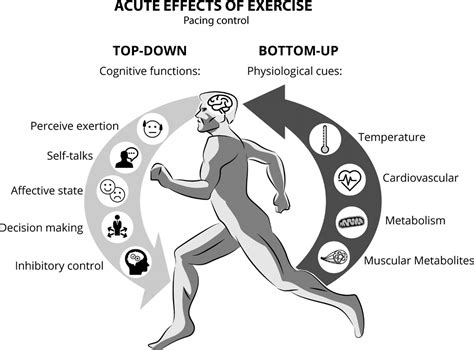The conversation around vigorous exercise and its impact on cognitive health and hypertension is not only timely but deeply personal for many. As we navigate the growing body of research suggesting that such physical activity can slow cognitive decline and improve cardiovascular health, reactions from the public vary widely. Some express the need for an ‘exercise pill’ to make healthy habits more accessible, while others stress the significance of personal choice and cultural influences in shaping our lifestyles.
The idea that exercise could be packaged into a pill is both intriguing and polarizing. Some see it as a revolutionary health breakthrough that could make fitness accessible to those who find traditional exercise challenging or unpleasant. However, as some critics point out, such a solution might distance people from the essence of living a healthy, active life. The question rises: can the benefits of physical exertion be fully replicated in a pill, or is there an intrinsic value in the act itself?
A common thread among many health-conscious individuals, including those with a family history of diseases like Alzheimer’s, is the undeniable benefit of regular exercise. One user shared their regimen: a fitness trainer-designed routine, zero alcohol consumption, and stress management through household chores. This practical wisdom, grounded in personal experience, emphasizes the importance of a holistic approach to health, balancing physical activity, nutrition, and mental well-being.
The debate over alcohol moderation versus total abstinence is another critical facet. Proponents of total abstinence argue that even moderate alcohol can significantly impact hypertension, thereby exacerbating health risks. Others question this stance, seeking clarity on the effects of moderate consumption. This highlights a common issue in public health guidance—what works for one individual may not be a one-size-fits-all solution.
Many also find solace and unexpected benefits in everyday tasks, which can serve as meditative practices. Activities such as pressing clothes or shining shoes, often perceived as mundane chores, can provide mental relaxation and stress relief. This traditional approach parallels with some modern therapeutic practices, indicating a timeless connection between our habits and mental health.
The economic aspect of health choices cannot be overlooked. One commenter highlighted the disparity in public health investments, noting that more funds are often directed toward treatments rather than prevention. This economic imbalance underscores a societal challenge: while gyms and health food stores advocate for preventive measures, their financial and cultural influence pales compared to the pharmaceutical and medical industries.
For many, the transformation from a sedentary lifestyle to regular exercise is a profound journey. Stories of personal triumphs over weight and health challenges emphasize the significant impact of lifestyle changes. Activities like biking and swimming provide enjoyable, sustainable means to incorporate exercise into daily life, demonstrating that finding the right kind of activity is essential for long-term adherence and health benefits.
The broader socio-economic factors influencing health cannot be ignored. From accessibility to healthy foods to the time constraints faced by those juggling multiple jobs, the structural obstacles to maintaining a healthy lifestyle are considerable. However, promoting community-based solutions, such as subsidies for physical activities and integrating exercise-friendly infrastructure, could mitigate these challenges.
Ultimately, the dialogue around exercise, cognitive health, and hypertension reveals a complex interplay of personal choice, societal influence, and economic pressures. By understanding and addressing these factors, we can better support individuals in making sustainable health choices. Encouraging a cultural shift towards valuing preventive health, coupled with accessible, enjoyable forms of exercise, can lead to a healthier, more fulfilling life for many.


Leave a Reply